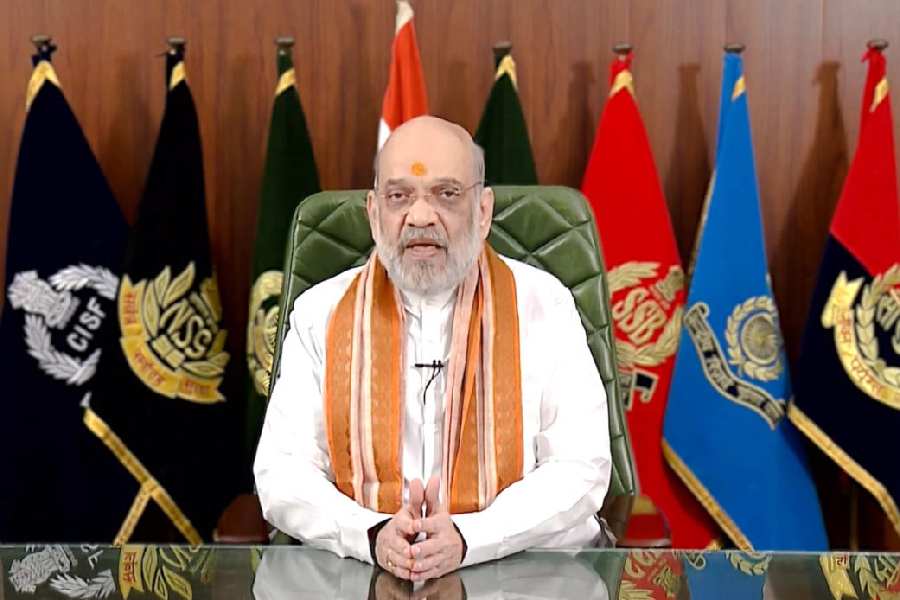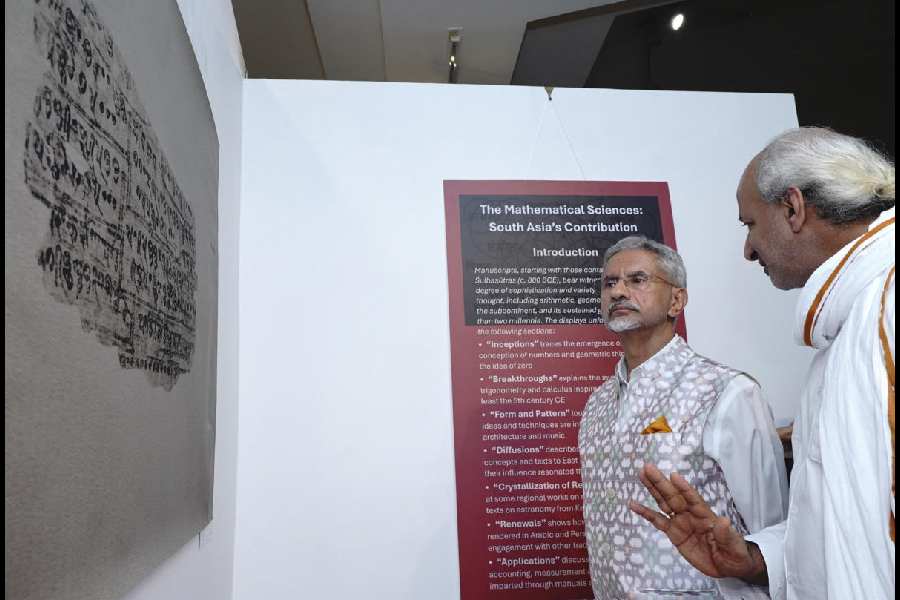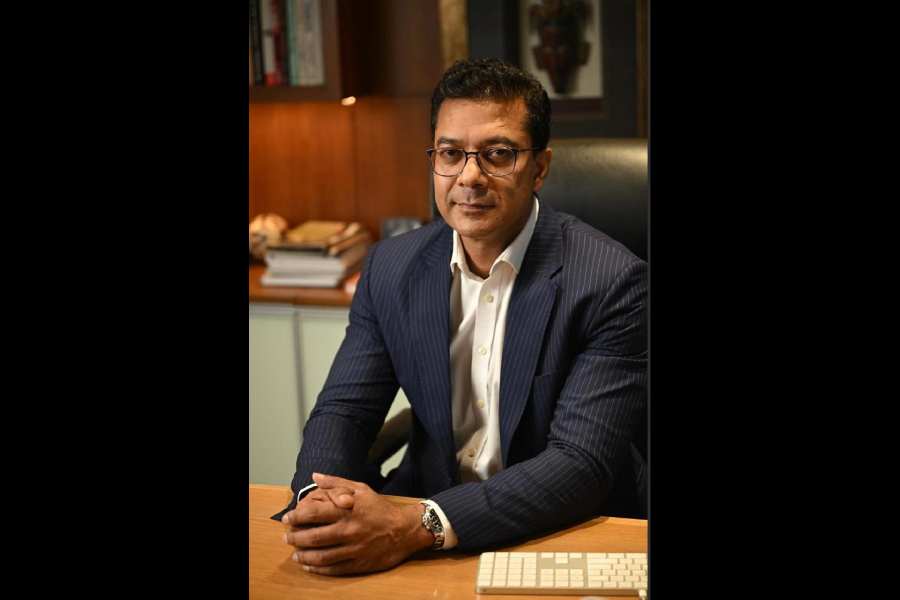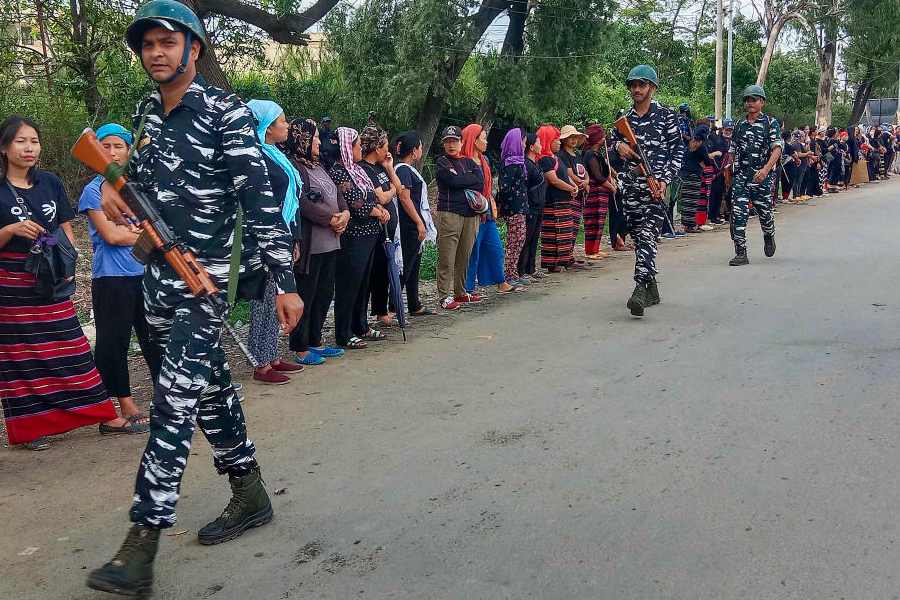
The heart of another is a dark forest, always, no matter how close it has been to one’s own.
— Willa Cather
His suicide came as a slap on my face. Like for many others, Anthony Bourdain’s suicide was a shock to me. Here was a man, who was at the top of his game and yet he killed himself. As an adolescent, I always dreamt to be a food critic travelling the world, but chose a far less interesting career in medicine instead.
I remember once conversing with a man whose 17-year-old son jumped from the top floor of a mall in Calcutta. He came to see me to understand why his son may have done so. Suicide is contagious. It makes the survivors feel guilty. It makes us feel that there is something we could have and should have done. The effect is to put blood on our hands where it does not belong. This young boy’s father had come to me in extreme grief, to make sense of the unthinkable. There were no clues from this boy’s life story, as was narrated by his father. This process of excavating a person’s life, to try and understand why they have committed suicide, is called rather prosaically, a “psychological autopsy”. We looked for clues, which would have indicated that he was suffering from any mental illness. There were none. He was a bright student, preparing for his board examinations at home. There was no indicator that he could be having any mental illness.
I have always believed that we are all, always, outsiders when it comes to other people’s pain. And there is no starker reminder of that truth than suicide. We can only speculate why someone killed himself or herself. Mental health professionals know that it is only that. Mere speculation. We accept the fact that we will probably never get to know the real story behind the circulated stories of why someone chose to end their life.
As a psychiatrist, trying to learn the craft for more than 27 years, let me acknowledge that we are very poor about predicting who is going to kill themselves. Experts’ ability to predict if someone will attempt to take his or her own life is no better than chance and has not significantly improved over the last 50 years.
We are uncertain about predicting suicide. Uncertainty has two underlying components — epistemic uncertainty, which results from a lack of knowledge, and aleatory uncertainty, which results from random or chance events. We assume that the more we know about a person, the more in-depth ‘risk assessments’ we carry out examining the life of the person, it will reduce the epistemic uncertainty in the prediction.
However, paraphrasing Donald Rumsfeld, the ‘known unknowns’ and ‘unknown unknowns’ in suicide research are far too much to give us any comfort. We are no way near to perfecting our risk assessment to prevent suicides. A research carried out by American Psychological Association in 2016 concluded the same findings. The “science” of suicide prediction is hardly any better than random guessing.
Some of our knowledge about what drives us to kill ourselves, comes from sitting face to face with the suicidal or conversing with those who have attempted to kill themselves. What I now know is that many of them have an extremely negative view about themselves. They experience life events that fall severely short of their expectations. These failures are attributed internally (that is, they blame themselves), which makes them give up hope.
Self-awareness, which is pitch dark, and a future which seems even darker, propels the person to escape from their living hell. Everything appears dark and black and there are no redeeming features that keep hopes alive. Death seems preferable in comparison to the imagined future of living in hell. Suicide is thus an ultimate step in the effort to escape from self and the world.
We can be supportive and caring
While we do not have the ability to know whether someone is going to die by suicide or not, we do have the ability to be supportive and caring. If you believe that someone may be struggling, talk with them and let them know you are available. Try and not leave the person alone if you believe someone is suicidal. Inform them about the resources, like Lifeline Foundation. Encourage them to seek professional help. Tell them that there are always other options, however hard they seem to be at the moment. This too will pass, is the message we need to convey.
The media, too, plays a very important role. There are numerous reasons why I did not like the Netflix series 13 Reasons Why. One of the reasons was the message that suicide can have a simple set of causes, or that suicide represents some type of solution is unfortunate. There is never one reason why, or even thirteen. There are norms which have to be followed for reporting suicides and, more importantly, celebrity suicides. How not to report suicide is essential knowledge for any journalist, especially in times when the latest National Health Profile in India has shown that suicide has risen by 23 per cent between 2000 and 2015.

Dr Jai Ranjan Ram is a senior consultant psychiatrist and
co-founder of Mental Health Foundation (www.mhfkolkata.com). Find him on Facebook @Jai R Ram










